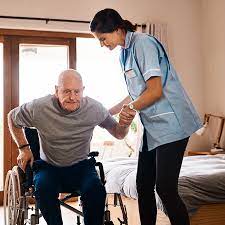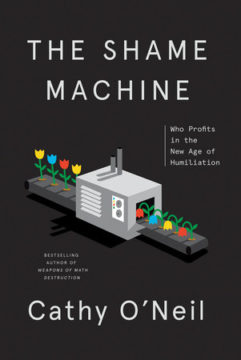by Pranab Bardhan
All of the articles in this series can be found here.
 Andreu Mas-Collel, a mathematical economist from Catalonia, came to Berkeley before I did. He was a student activist in Barcelona, was expelled from his University for activism (those were the days of Franco’s Spain), and later finished his undergraduate degree in a different university, in north-west Spain. When I met him in Berkeley he was already a high-powered theorist using differential topology in general-equilibrium analysis, in ways that were far beyond my limited technical range in economic theory. But when we met, it was our shared interest in history, politics, and culture that immediately made us good friends, and his warm cheerful personality was an added attraction for me. (His wife, Esther, a mathematician from Chile, was as decent a person as she was politically alert).
Andreu Mas-Collel, a mathematical economist from Catalonia, came to Berkeley before I did. He was a student activist in Barcelona, was expelled from his University for activism (those were the days of Franco’s Spain), and later finished his undergraduate degree in a different university, in north-west Spain. When I met him in Berkeley he was already a high-powered theorist using differential topology in general-equilibrium analysis, in ways that were far beyond my limited technical range in economic theory. But when we met, it was our shared interest in history, politics, and culture that immediately made us good friends, and his warm cheerful personality was an added attraction for me. (His wife, Esther, a mathematician from Chile, was as decent a person as she was politically alert).
A few times it so happened that when I went to see some obscure Latin American film in a special showing at a remote movie hall in Berkeley, at the end when the lights came up, I discovered that Andreu was also in the audience, and then we sat down somewhere to discuss the film animatedly. We used to frequently visit each other’s home. One time Romila Thapar, the eminent historian of ancient India, came to visit us from Delhi, and we asked Andreu and Esther to join us. Later he told others about meeting ‘this very impressive woman’ at our place.
When, after a few years, he left Berkeley, first for Harvard, and then in 1990’s back to Barcelona, I sorely missed him. At Harvard Andreu co-authored what is probably the most used graduate textbook in microeconomic theory in the world. In Barcelona he was a Professor at the Pompeu Fabra University. He later joined politics, serving the Catalonian government in different capacities, including as the Minister of Economy and Knowledge in 2010-16. In 2021 he was slapped with a multi-million-euro penalty by the Spanish Court of Auditors for allegedly participating as Minister in activities that led to the abortive Catalonian bid for independence; I believe the case is still pending. Read more »




 Nikita Kadan. Hold The Thought, Where The Story Was Interrupted, 2014.
Nikita Kadan. Hold The Thought, Where The Story Was Interrupted, 2014.




 Beliefs about the essential goodness or badness of human beings have been at the heart of much political theory.
Beliefs about the essential goodness or badness of human beings have been at the heart of much political theory.
 Sughra Raza. Self Portrait at Gas Station, April 3, 2022.
Sughra Raza. Self Portrait at Gas Station, April 3, 2022.

 And then I started trying to warn people about the dangers of algorithms when we trust them blindly. I wrote a book called Weapons of Math Destruction, and in doing so I interviewed a series of teachers and principals who were being tested by this new-fangled algorithm called the value-added model for teachers. And it was high stakes. They were being denied tenure or even fired based on low scores, but nobody could explain their scores. Or shall I say, when I asked them, “Did you ask for an explanation of the score you got?” They often said, “Well, I asked, but they told me it was math and I wouldn’t understand it.”
And then I started trying to warn people about the dangers of algorithms when we trust them blindly. I wrote a book called Weapons of Math Destruction, and in doing so I interviewed a series of teachers and principals who were being tested by this new-fangled algorithm called the value-added model for teachers. And it was high stakes. They were being denied tenure or even fired based on low scores, but nobody could explain their scores. Or shall I say, when I asked them, “Did you ask for an explanation of the score you got?” They often said, “Well, I asked, but they told me it was math and I wouldn’t understand it.”
